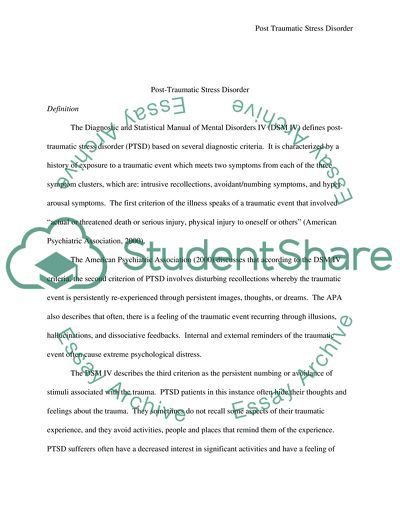Cite this document
(Definition, Symptoms and Interventions for Post-Traumatic Stress Coursework, n.d.)
Definition, Symptoms and Interventions for Post-Traumatic Stress Coursework. https://studentshare.org/psychology/1717187-post-tramatic-stress-disorder
Definition, Symptoms and Interventions for Post-Traumatic Stress Coursework. https://studentshare.org/psychology/1717187-post-tramatic-stress-disorder
(Definition, Symptoms and Interventions for Post-Traumatic Stress Coursework)
Definition, Symptoms and Interventions for Post-Traumatic Stress Coursework. https://studentshare.org/psychology/1717187-post-tramatic-stress-disorder.
Definition, Symptoms and Interventions for Post-Traumatic Stress Coursework. https://studentshare.org/psychology/1717187-post-tramatic-stress-disorder.
“Definition, Symptoms and Interventions for Post-Traumatic Stress Coursework”. https://studentshare.org/psychology/1717187-post-tramatic-stress-disorder.


